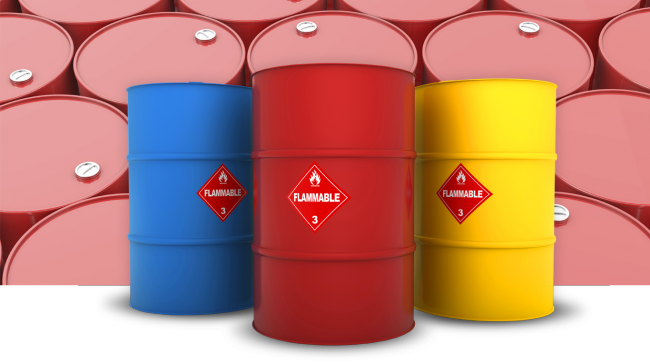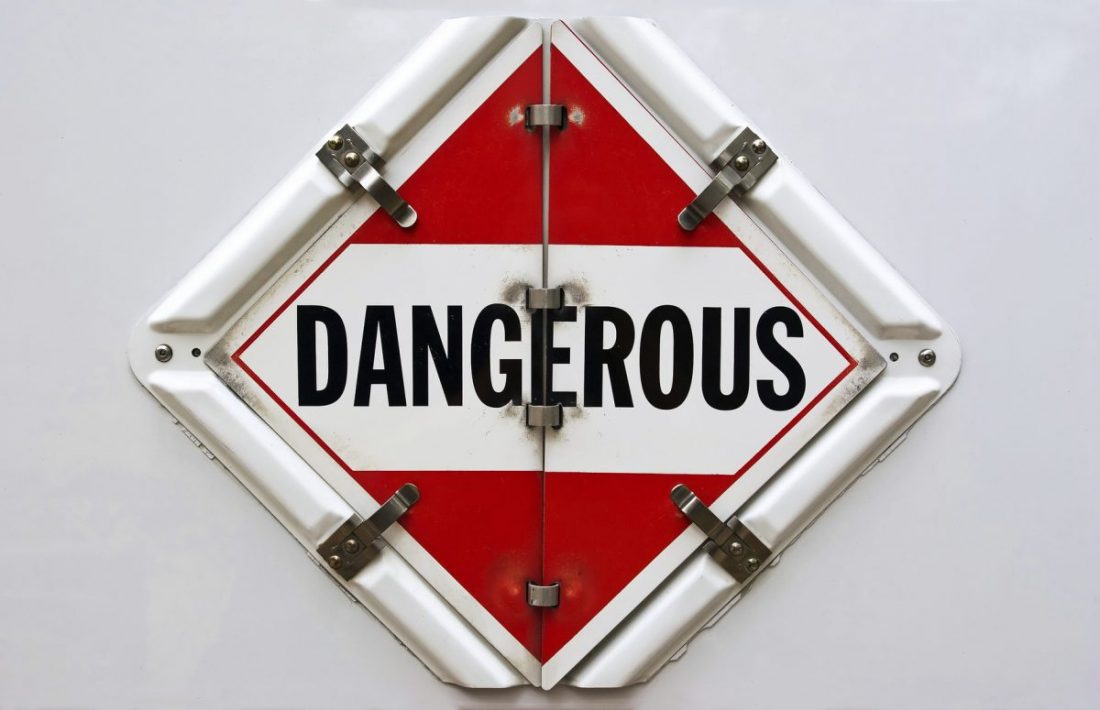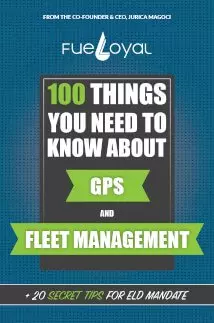First and foremost, hazmat truck drivers shall be extremely careful, they shall not allow natural gas leaks and flammable and combustible liquid spills to take place.
1. What Is Hazmat Transportation
Since it seems like hazmat transportation increased overnight, these days there are people that are a bit confused about what hazmat transportation is in fact? Well, nowadays unlike decades ago lithium batteries, for example, are considered to be a hazardous material. Seeing this simple example, you can understand the need for this article.
Well, I would like to start this article by defining what is hazmat transportation, or more precisely what is considered to be a hazardous material: “Hazardous materials are the substances that can cause health and physical hazard. That is to say, chemicals that are carcinogens, toxic agents, irritants, corrosives.”

The example that I have presented to you with the batteries shows how fast an item/ product can be considered as a hazardous material.






